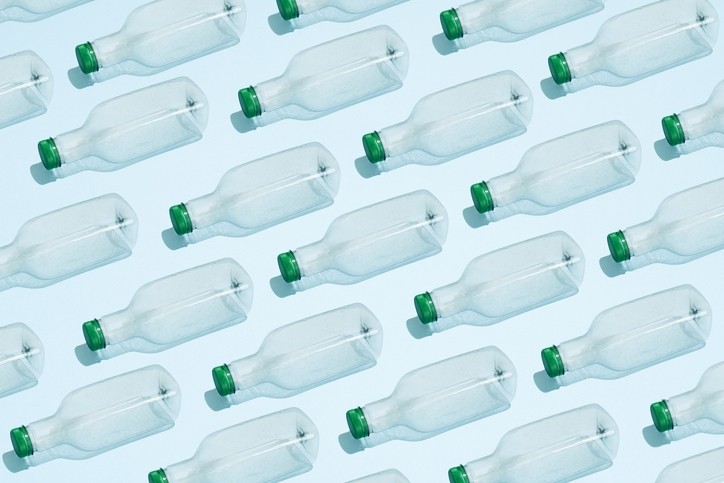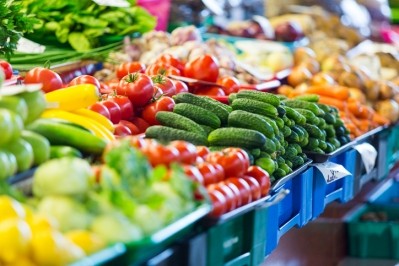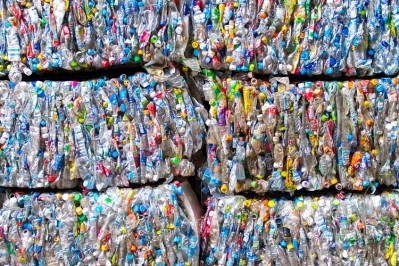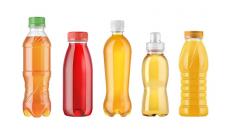‘You cannot change the recyclability of a pack by passing the responsibility onto the consumer’: Are packaging innovations forgetting the fundamentals?

UK-based recycling charity Recoup has warned that packaging designers are forgetting the basics when it comes to plastic packaging recyclability, while consumers are confused about what can and can’t be recycled.
“When packaging is assessed in isolation rather than as part of the overall supply chain, citizens can be lulled into a false sense of security regarding recyclability and environmental sustainability claims,” a new report from the group said.
Packs should not claim ‘recyclability’, for example, if this cannot be supported by UK infrastructure systems and without the need for ‘considerable intervention’ by consumers before disposal.
Considering the issue of tear-off strips on packaging, the group questioned if it is right to ask the consumer to remove a part of the packaging before recycling. Failing to do so could mean the pack could fail to be correctly sorted for recycling. “You cannot change the recyclability of a pack by passing onto the consumer the responsibility,” said Recoup CEO Stuart Foster.
The charity warned a growing number of companies are following the trend to change material types to claim improved sustainability and recyclability. However, there are instances when product claims are in danger of lulling consumers into believing such switches are an improvement, when in some instances this is not the case.
The report includes case studies to highlight the issues with multi-material packaging such as laminated paper bottles and trays.
It is recommended that manufacturers use clear PET, for example. PET is one of the most widely recycled plastics used in household packaging and is viewed by many as the most recyclable polymer widely used in drinks bottles. But there are instances of beverage companies covering 95% of bottles with a PET sleeve. The recommended maximum coverage for a label is 40%.
What's more, there are often no instructions to consumers to remove sleeves before placing these bottles in the recycling bin. Sometimes the sleeves can’t easily be removed. If they are left on, the sleeve will cause the bottle to be detected incorrectly and sent to the wrong recycling stream or rejected completely.
Neither should sleeves be made of the same material as the pack. These can only be removed by recycling centres in specialist float sinks. Manufacturers are also experimenting with watermark technology on full sleeves and labels, for example. These need to be removed before the product can be recycled but are invisible to the naked eye.
Often the packs looked at in the Recoup report had the best chance of being recycled and recovered in their original state, thus questioning to what purpose the swap was made, the report complained. “There is a need to make brand owners and packaging designers aware of the factors which need to be considered when looking at changing material,” stressed Kate Bedford, Recoup’s Packaging Project Manager.
The war on plastic
Spurred on by consumer concerns about turtles tangled in plastic, courtesy of Sir David Attenborough’s Blue Planet II, many brands and retailers have tried to rid themselves of plastic packaging.
The introduction of plastics packaging taxes in the UK and Europe has only increased the pressure to cut plastic.
The war on plastic has been particularly waged in the beverage industry. In 2019, drinks giant Diageo announced it was reducing the amount of plastics used in its beer packaging and replacing it with cardboard. The company said it would remove the plastic ring carriers and shrink wrap from its multipacks of Guinness, Harp and Smithwick’s.
In January this year, Mexican brewer Grupo Modelo said it is investing millions of dollars to move from plastic rings for its multi-packs of canned beers to fibre-based secondary packaging.
Most recently, Carlsberg Group announced it is putting its new Fibre Bottle, made into a large-scale trial: with 8,000 bio-based and fully recyclable beer bottles being sampled across Western Europe. Carlsberg’s Fibre Bottle uses PEF plastic pioneered by Dutch company Avantium. PEF is made entirely from plants, is fully recyclable and which degrades in nature much faster than normal plastics and has the potential to become the standard in the food and drink industry, Avantium claims.
Many other brewers have done the same and happily received the consumer plaudits for their eco-friendly initiatives.
But the quest for ever more eco-friendly packaging can also be a great example of the law of unintended consequences: when the solution to a problem is worse than the problem itself. So claimed Rick Sellers, Business Development Manager at Lindum Packaging, who highlighted the problem of pallet stability issues in the brewery industry.
One major brewery has experienced significant movement in transport issues with its pallets since it moved away from plastic, he explained. This has resulted in many pallets of beer arriving damaged and being rejected by customers.
“The damaged packs can’t be resold, so they have to be thrown away or redistributed at great cost to the business,” he said. “Throwing away large amounts of beer is not simply a financial loss: it creates food waste which is a major contributor to carbon emissions.
“What’s more, all the carbon embedded in making the cardboard wraps and aluminium cans as well as transporting them to the customer is also wasted. This far outweighs the carbon that’s been saved by moving away from plastic packaging.
“When you add to this that the brewer had also invested hundreds of thousands of pounds converting their packaging lines away from plastic, the overall cost to the businesses was huge. Converting back to plastic would have resulted in even more cost.”
The solution, somewhat ironically, was to use a much stiffer plastic stretch wrap. “The root cause of most of the issues could have been avoided with proper testing when the decision to move away from plastic was made," said Sellers. "But that’s the thing about the law of unintended consequences, you don’t know what you don’t know, until you see the effects of a decision.”

























